NASA’s Futuristic Dragonfly Drone Mission To Saturn’s Moon Titan!
Dragonfly Drone Buzzes Around Alien Moon
It sounds like science fiction, but NASA is sending a nuclear powered robotic quadcopter to fly over the dunes and craters of an alien moon! The spacecraft is called Dragonfly and will explore Saturn’s moon Titan, making multiple hops from location to location to study the conditions that are thought to mimic early Earth! It is expected to launch in 2026 and arrive 6 years later in 2034.
Fast Summary Facts About The Dragonfly Rotorcraft
- Type: Lander/Rotorcraft
- Destination: Saturn’s Moon Titan
- Mission Status: Planned
- Launch Location: TBA (probably Cape Canaveral, Florida)
- Launch Date: 2026
- Land On Titan: 2034
- Mission Duration: 6 Year Cruise, 2.7 Years Surface Operations
Cool Fun Facts All About NASA’s Dragonfly Drone!
- In June 2019, the Dragonfly mission was selected as part of NASA’s prestigious New Frontiers program. This program includes other amazing spacecraft missions such as New Horizon’s mission to Pluto and the Kuiper Belt, Juno which orbits Jupiter and the OSIRIS-REx mission to the asteroid Bennu! You can watch this cool little video which shows a quick overview of the Dragonfly mission.
- The name ‘Dragonfly’ was given to this space probe because the drone closely resembles a large multi-winged flying Dragonfly insect found on Earth!
- Dragonfly is being designed to perform an in-depth study of Titan's surface material chemical make-up, the atmosphere and potential habitability by flying between dozens of sample locations.
- These different locations are expected to include weird black organic ‘sand’ dunes, nearby mountains and even land on an impact crater floor where liquid water from Titan’s hidden ocean may have once existed.
- Dragonfly will first land at the equatorial “Shangri-La” dune fields, which are believed to be similar (based on the Cassini spacecraft data) to the sand dunes of Namibia in southern Africa.
- It is planned that the lander/drone will eventually fly more than 175 kilometers (108 miles). This is nearly twice as far as the distance traveled by all the Mars rovers combined!
- If successful, Dragonfly will become the first ever space probe to fly in an alien atmosphere and relocate itself by flight!
- Interestingly, Titan is considered the easiest place in the solar system to fly due to its low gravity and dense atmosphere. The atmosphere is 4 x denser than Earth's and gravity only 1/7th Earth's meaning it’s about 40 time easier to fly on Titan than Earth! Amazing isn’t it?!
- The poor Dragonfly spacecraft will have to endure freezing cold temperatures on Titan which hoover around -180° Celsius (-290° Fahrenheit). This is because Titan is over 10 times further from the Sun than Earth and its atmosphere is very Hazy. This results in its surface receiving far less light.
- Due to the low light levels at Titan the rotorcraft/lander will use a Radioisotope Thermoelectric Generator (RTG), like the Curiosity rover does on Mars. This small amazing nuclear power plant will charge the drones batteries and keep it warm during its long cold days exploring the surface.
- Amazingly Dragonfly will communicate directly to Earth (~1.4 billion kilometers away!) with its small communications dish.
- The drone/lander is planned to be quite large measuring 3.5 m (10 feet) across & weigh 450 kilograms (990 lb) at launch.
- It is expected that it will cost approximately USD $850 million to develop Dragonfly and when the cost of the rocket launch is included the total cost will likely be USD $1 billion! Woozers that’s a lot of money!
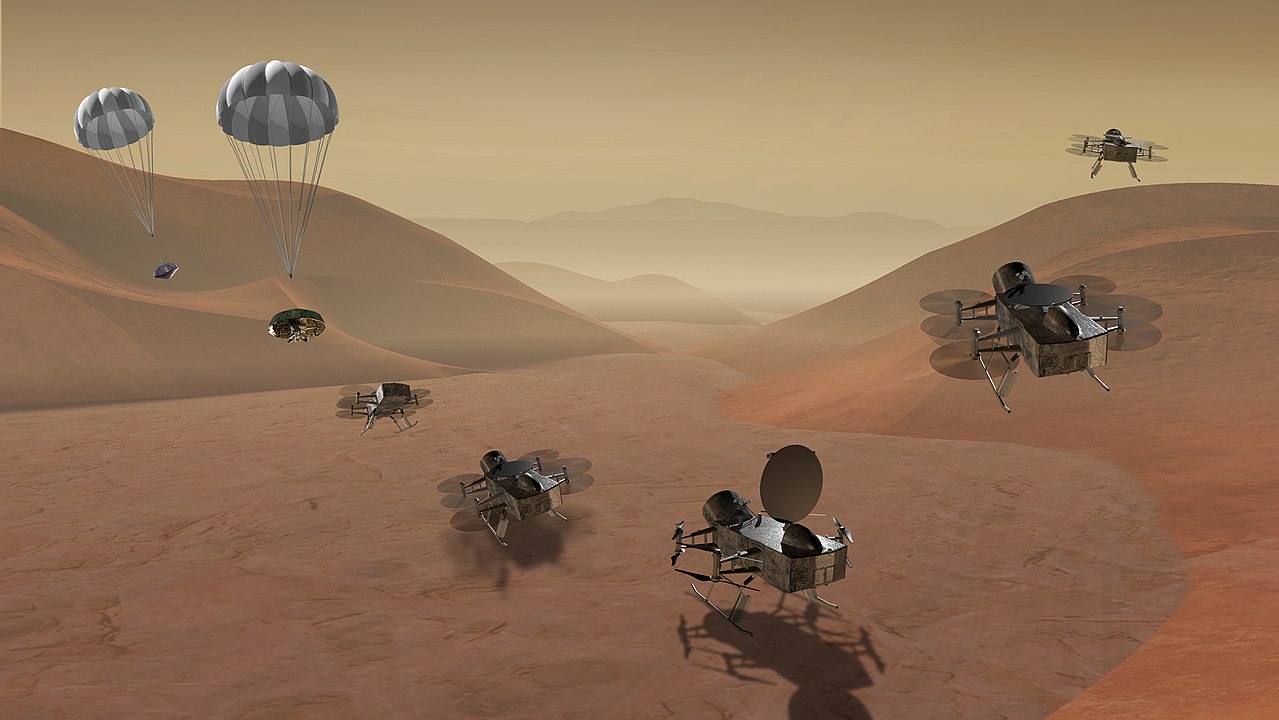
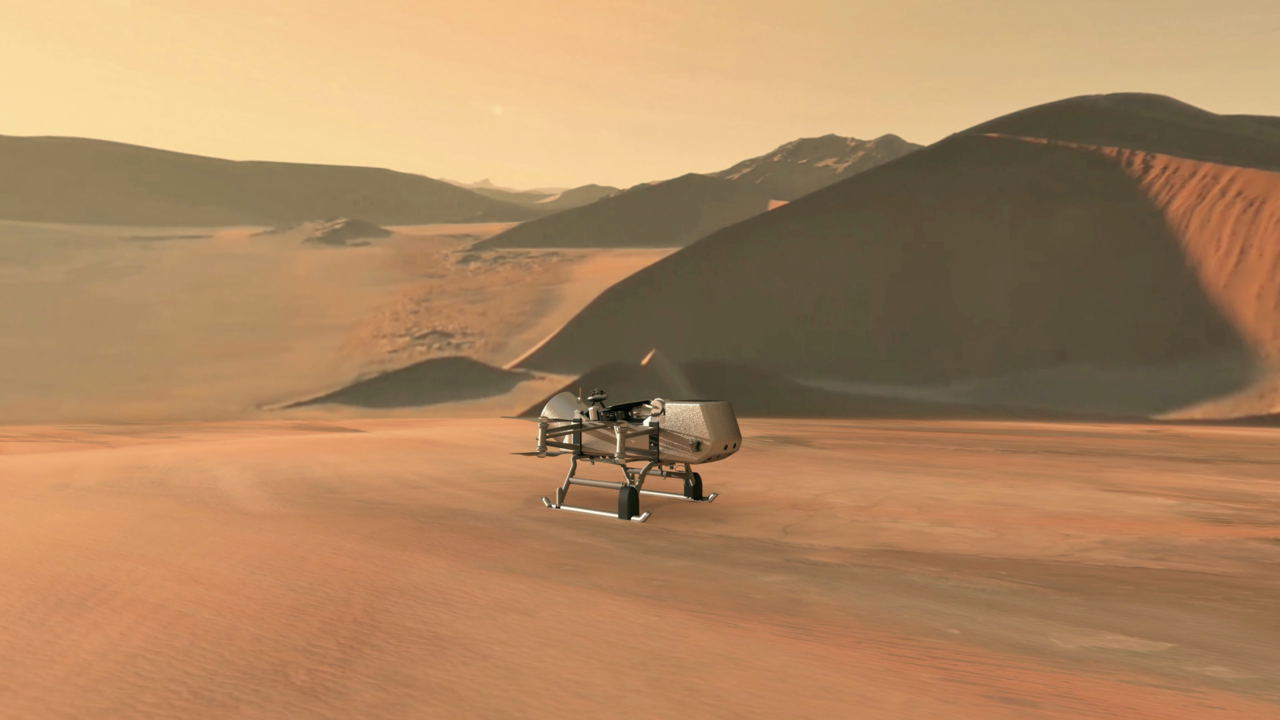
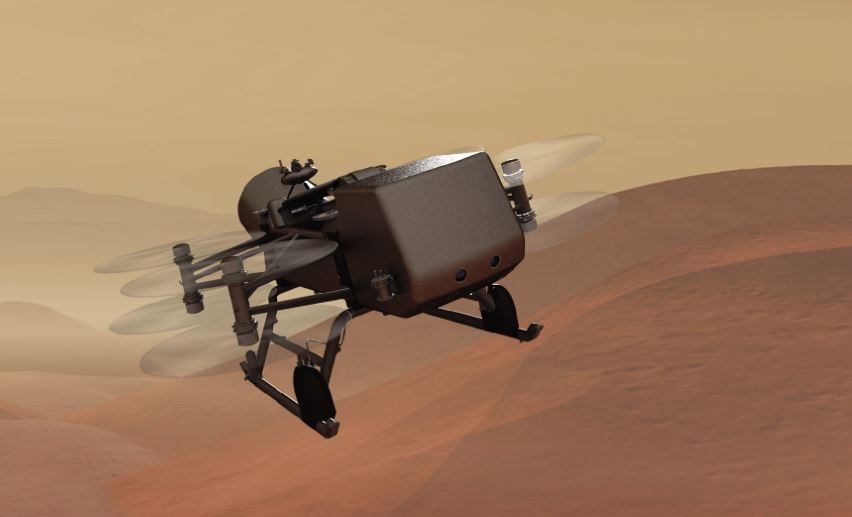
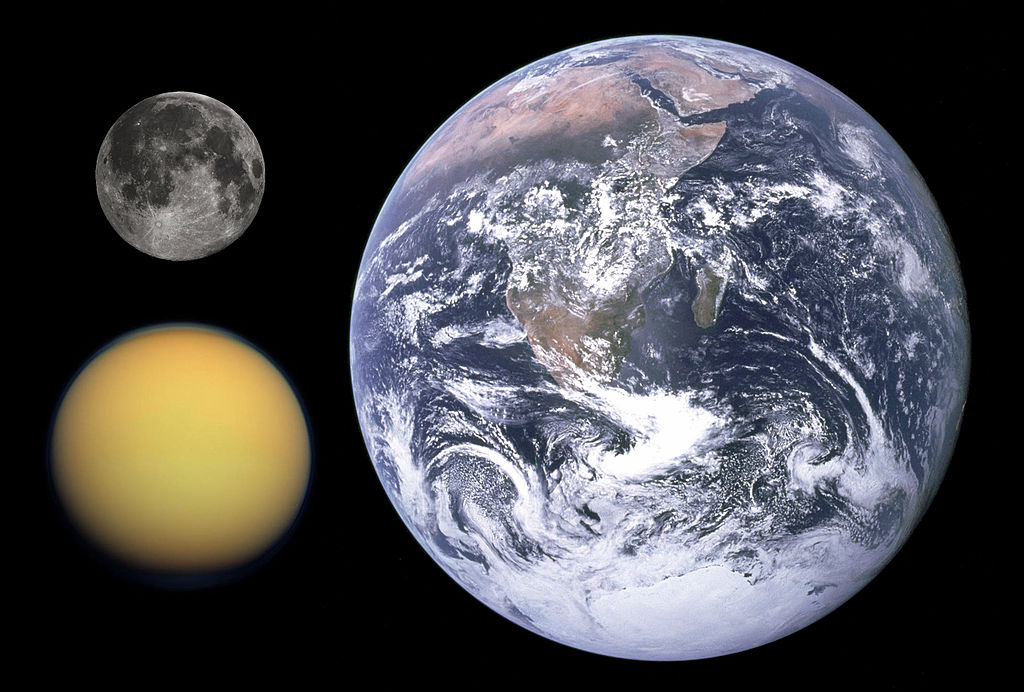
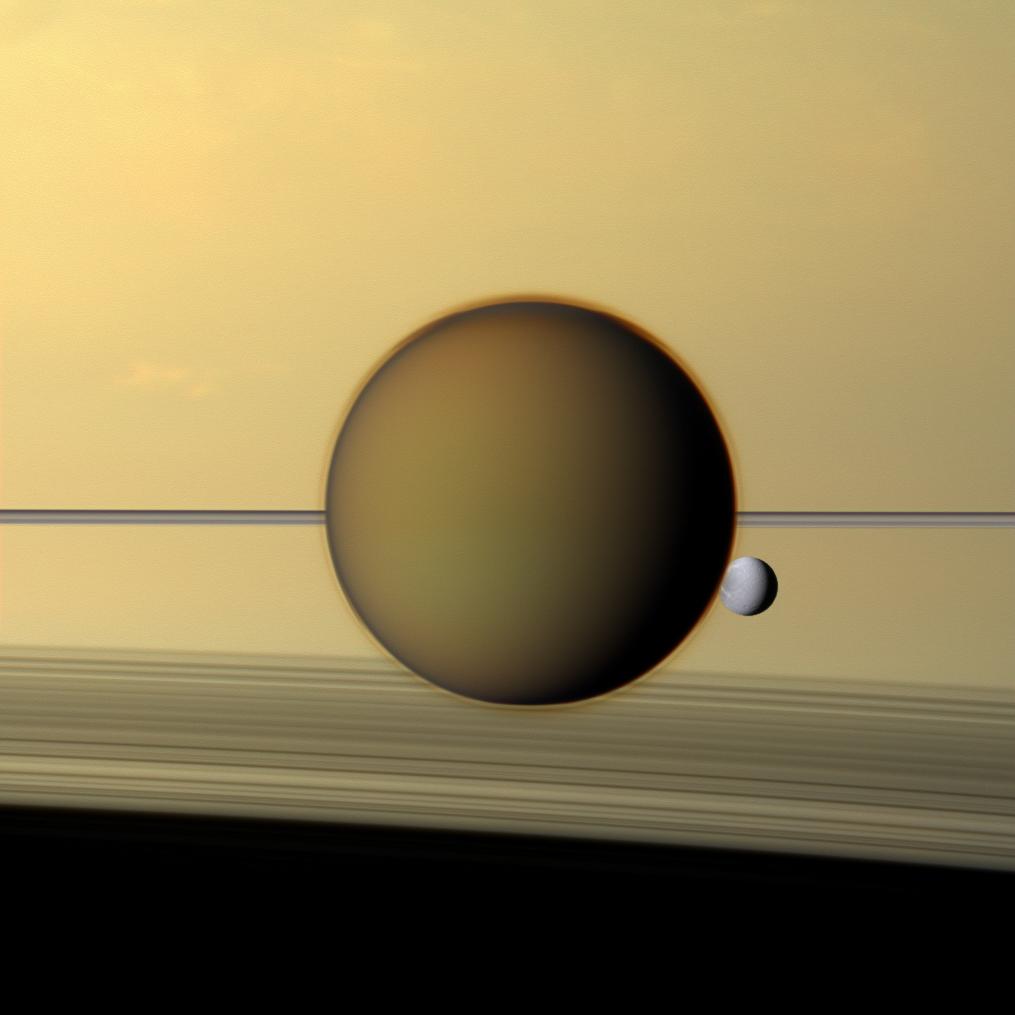
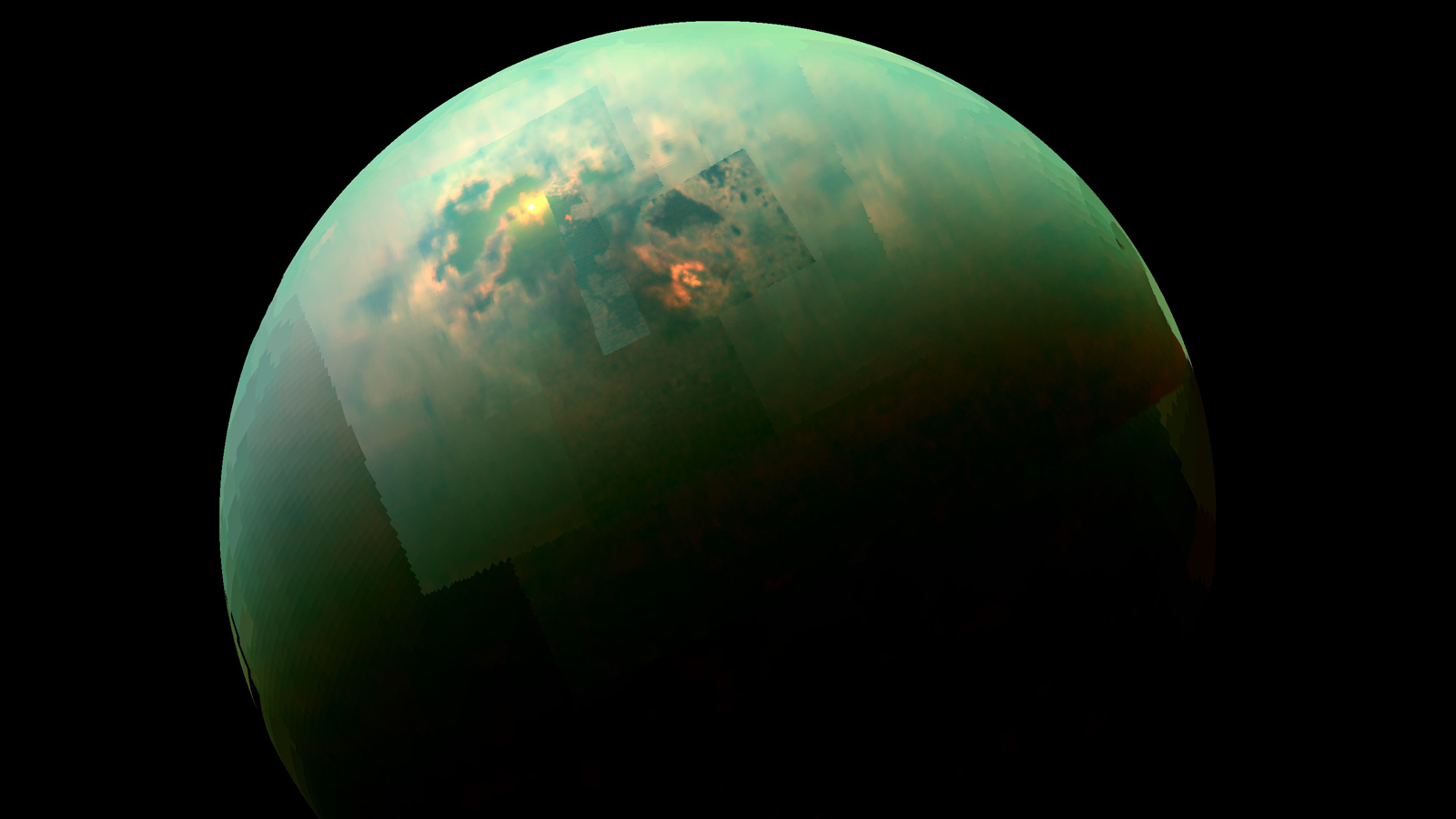
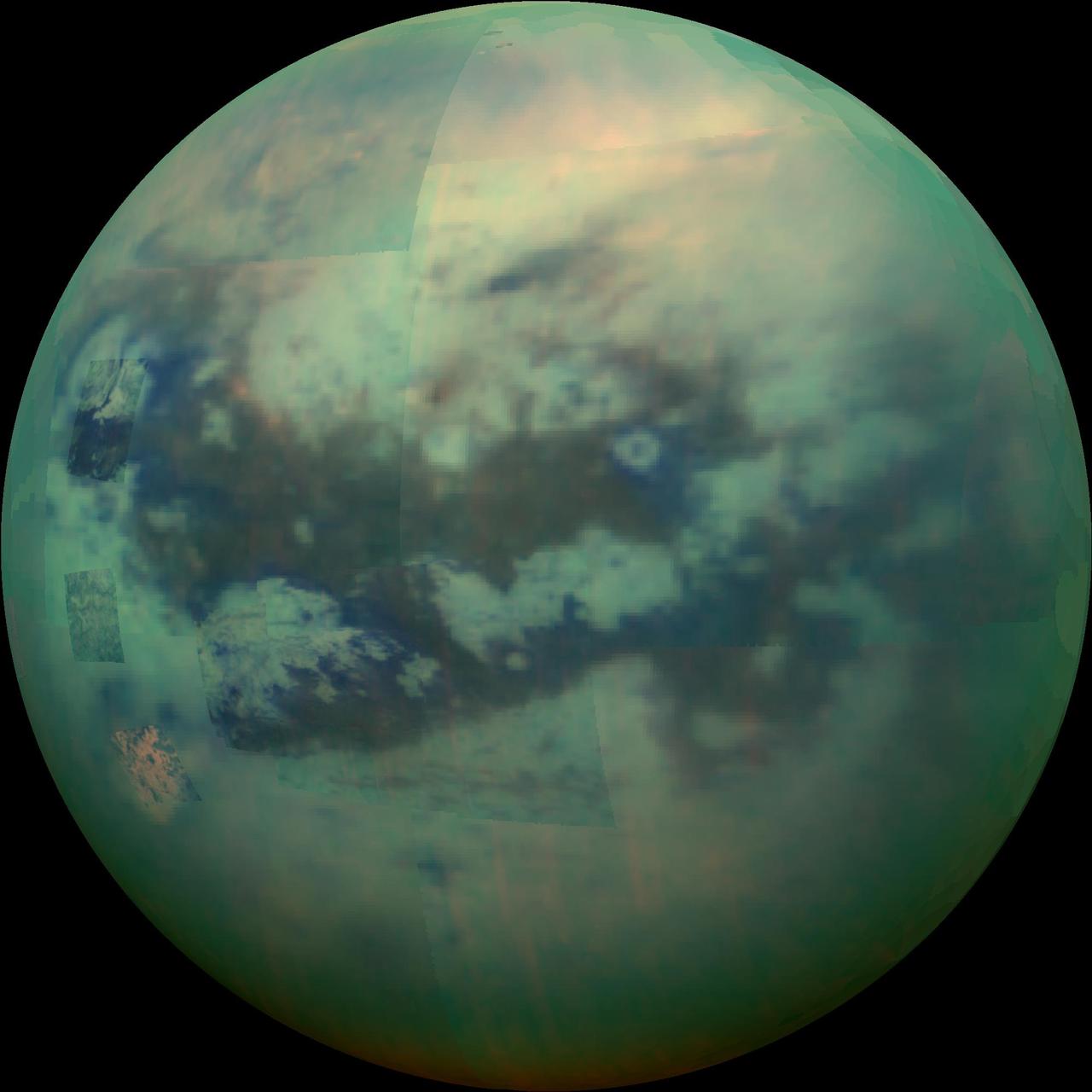
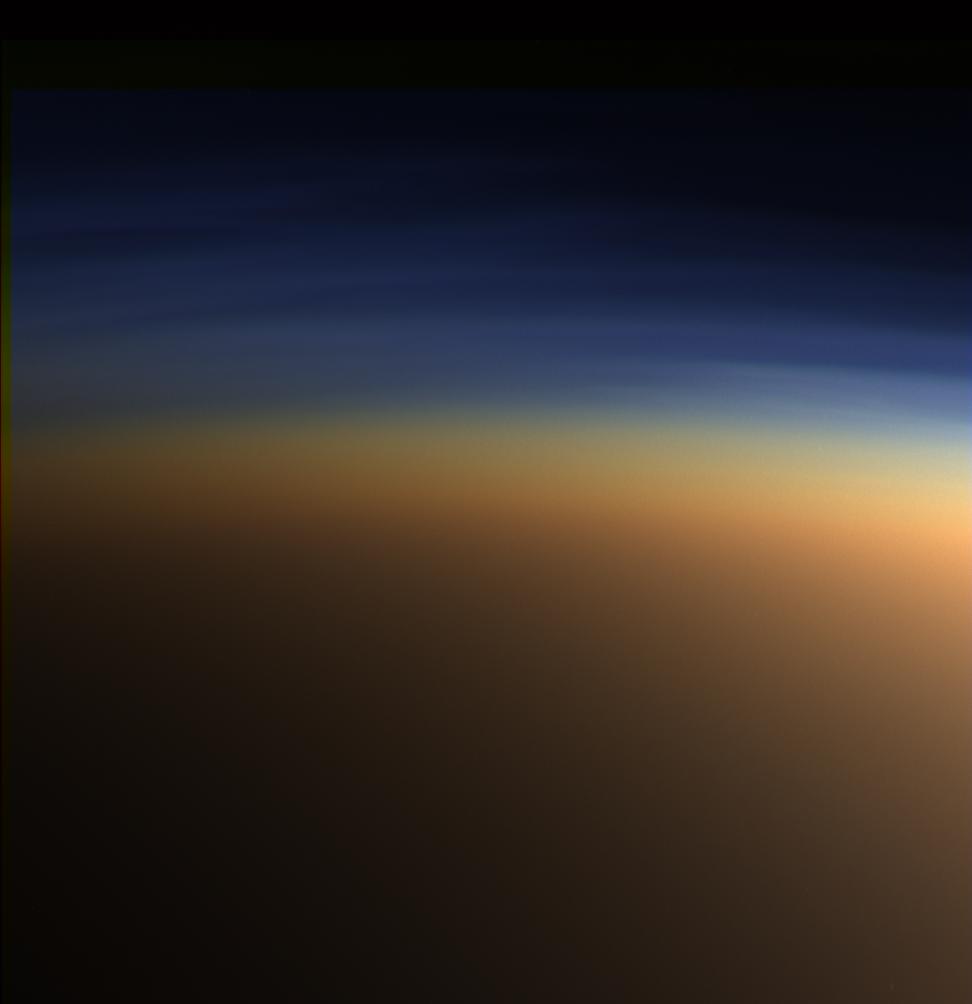
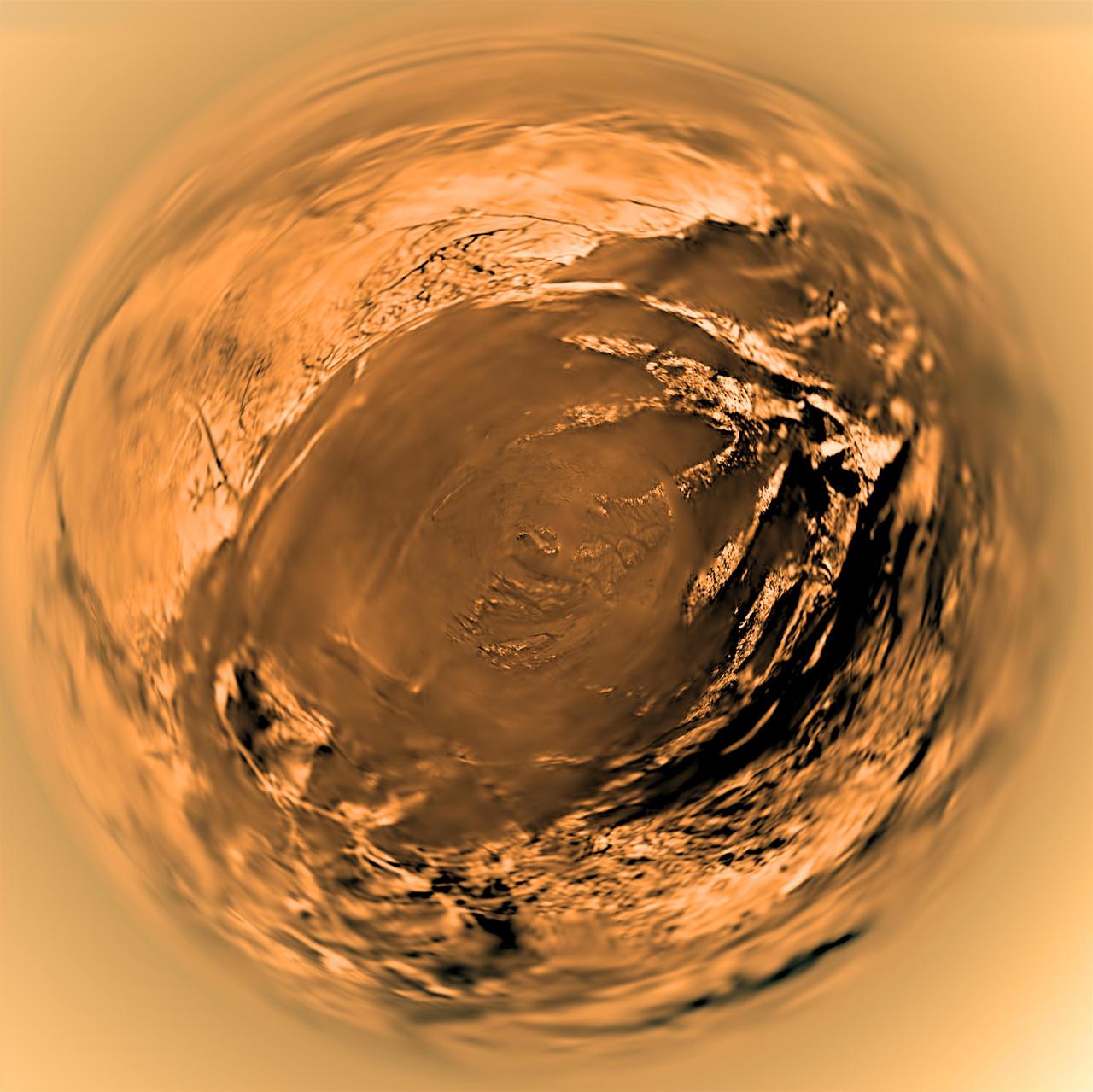
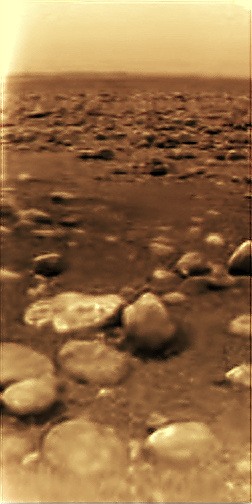
Dragonfly Mission
Exploring by air
Dragonfly In Flight
Titan, Moon and Earth
Dione Through The Haze
Polar Lakes
Titan's Surface
Titan's Haze
Titan's Surface
River Bed Gravel













